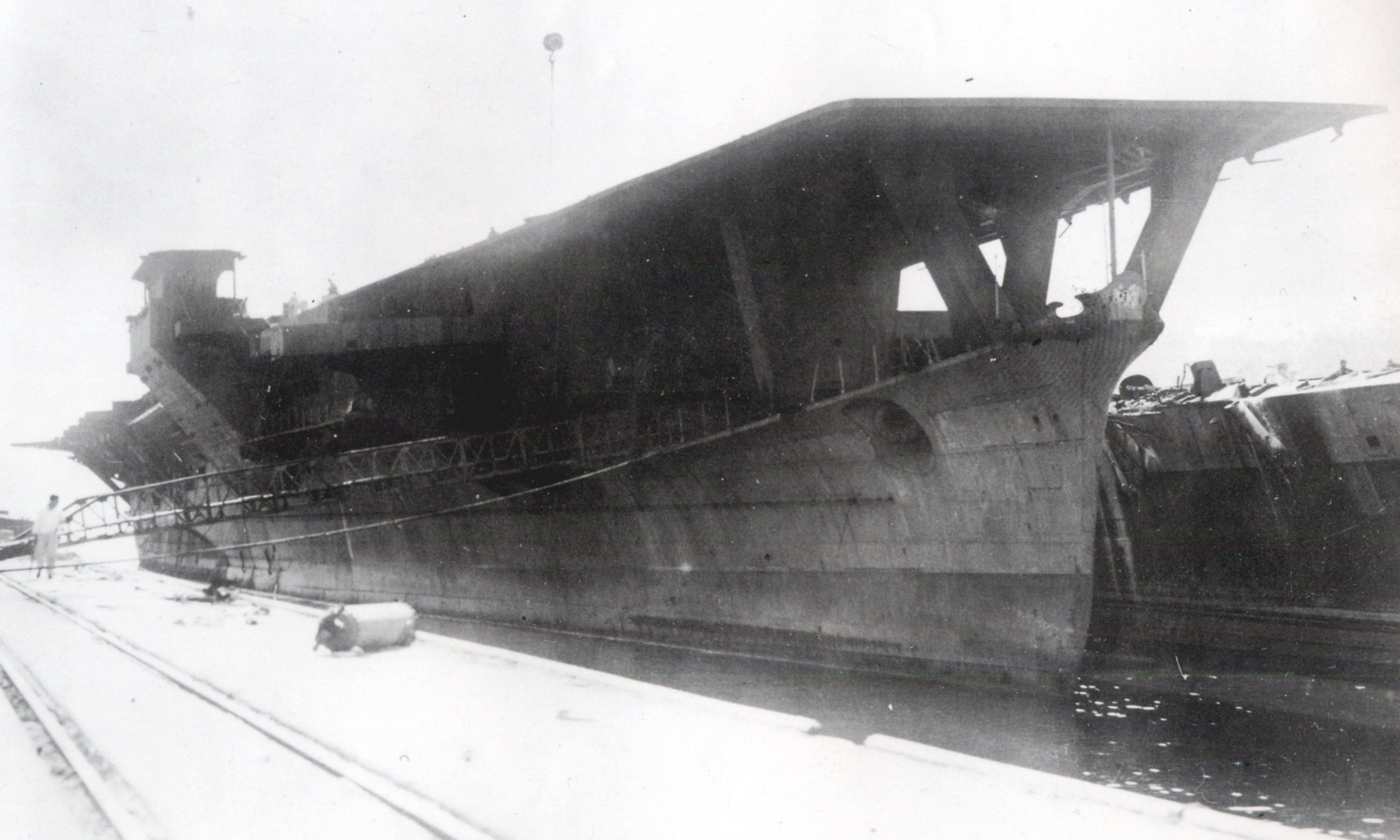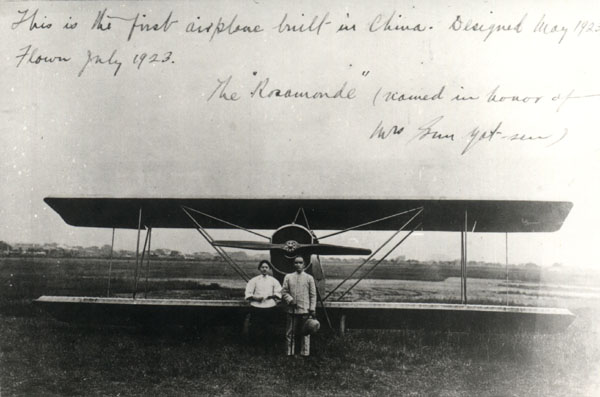|
Xu Huansheng
Xu Huansheng (; 1906 – March 4, 1984) was a combat aviator of the Republic of China Air Force. He was from the first graduating class of the Huangpu (Whampoa) Military Academy's aviation school. Xu Huansheng helped further develop the curriculum at the Central Army Academy Aviation Corps as it transitioned into the Central Aviation Academy based at Jianqiao Airbase, accepting training of officers and new pilots as well as integrating experienced pilots from the various warlord air forces as conflict loomed between China and the Empire of Japan. Xu Huansheng had pursued advanced studies at the Jiangsu Medical University, aviation academics in Germany and Italy, and then serving as a medical flight officer and pilot training at the Central Aviation Academy. He also served as a pilot for the transport of Generalissimo Chiang Kai-shek. Major General Tang Duo of the PLAAF and General Wang Shuming of the RoCAF were both student-interns along with Xu Huansheng in the inaugural ... [...More Info...] [...Related Items...] OR: [Wikipedia] [Google] [Baidu] |
Xu (surname)
Xu can refer to the following Chinese surnames that are homographs when Romanized using their Mandarin Chinese, Mandarin pronunciations: * Xu (surname 徐) * Xu (surname 許) * Xu (surname 須) The Tone (linguistics), tones of these surnames are different in Mandarin, but if the tone diacritics are omitted then both surnames would be spelled Xu in pinyin, and Hsü in the Wade–Giles system or Hsu if the Diaeresis (diacritic), diaeresis is also omitted. {{DEFAULTSORT:Xu (surname) Chinese-language surnames Multiple Chinese surnames ... [...More Info...] [...Related Items...] OR: [Wikipedia] [Google] [Baidu] |
Hangzhou Jianqiao Airport
Hangzhou Jianqiao Airport (), formerly romanized as Chien Chiao, also known as Hangzhou Air Base, is a People's Liberation Army Air Force Base and a former civil airport serving Hangzhou, the capital city of Zhejiang Province, China. It is located in the town of Jianqiao () in Jianggan District, about 7 miles northeast of the city center. Jianqiao Airport served as Hangzhou's main airport until 29 December 2000, when all commercial flights were transferred to the newly built Hangzhou Xiaoshan International Airport. History Jianqiao was developed into an airfield and flight training institute in 1922 under support and directives of the Anhui clique warlord Lu Yongxiang and World War I veteran ace fighter pilot Zhu Binhou, with a squadron of aircraft that included Breguet 14s. Jianqiao air force base was then consolidated in 1931 in wake of the Mukden Incident by the Nationalist Government of the Republic of China , and was a location of major air battles between the Chinese air ... [...More Info...] [...Related Items...] OR: [Wikipedia] [Google] [Baidu] |
Yawata
is a city A city is a human settlement of notable size.Goodall, B. (1987) ''The Penguin Dictionary of Human Geography''. London: Penguin.Kuper, A. and Kuper, J., eds (1996) ''The Social Science Encyclopedia''. 2nd edition. London: Routledge. It can be de ... located in Kyoto Prefecture, Japan. the city has an estimated population of 70,433 and a population density of 2,893 persons per km². The total area is 24.35 km². The city was founded on November 1, 1977 and currently has a sister city in Milan, Ohio. As the Edison light bulb, bamboo filaments Thomas Alva Edison used for his early light bulb tests came from Kyoto, Yawata has an Edison Memorial and Edison Celebration. The Iwashimizu Shrine, Iwashimizu Hachimangu is located in Yawata. Demographics Per Japanese census data, the population of Yawata has remained relatively steady in recent decades. References External links Yawata City official website Cities in Kyoto Prefecture {{Kyoto-geo-stub ... [...More Info...] [...Related Items...] OR: [Wikipedia] [Google] [Baidu] |
Sasebo Naval Arsenal
was one of four principal naval shipyards owned and operated by the Imperial Japanese Navy. History The Sasebo Naval District was established at Sasebo, Nagasaki in 1886, as the third of the naval districts responsible for the defense of the Japanese home islands. After the establishment of the navy base, a ship repair facility was established in 1889 with a dry dock. With the addition of equipment and facilities for ship production by 1897, the "Sasebo Shipyards" were officially established, and renamed the "Sasebo Naval Arsenal" in 1903. Construction of the arsenal was supervised by the French engineer Louis-Émile Bertin. In 1913, a 250-ton crane was installed, and the shipbuilding facilities expanded to permit the construction of large warships. With the mothballing of the Maizuru Naval Arsenal due to restrictions by the Washington Naval Treaty, much of the design and prototype work for new classes of destroyers and torpedo boats formerly done at Maizuru was shifted to ... [...More Info...] [...Related Items...] OR: [Wikipedia] [Google] [Baidu] |
Martin B-10
The Martin B-10 was the first all-metal monoplane bomber to be regularly used by the United States Army Air Corps, entering service in June 1934.Jackson 2003, p. 246. It was also the first mass-produced bomber whose performance was superior to that of the Army's pursuit aircraft of the time.Eden and Moeng 2002, p. 931. The B-10 served as the airframe for the B-12, B-13, B-14, A-15 and O-45 designations using Pratt & Whitney engines instead of Wright Cyclones. A total of 348 of all versions were built. The largest users were the US, with 166, and the Netherlands, with 121. Design and development The B-10 began a revolution in bomber design. Its all-metal monoplane airframe, along with its features of closed cockpits, rotating gun turrets (almost simultaneously with the 1933 British Boulton & Paul Overstrand biplane bomber's own enclosed nose-turret), retractable landing gear, internal bomb bay, and full engine cowlings, became the standard for bomber designs worldwide for d ... [...More Info...] [...Related Items...] OR: [Wikipedia] [Google] [Baidu] |
Chengdu Fenghuangshan Airport
Chengdu Fenghuangshan Airport () is military air base in Chengdu, Sichuan province, China. During World War II it was a United States Army Air Forces airfield. It is located approximately 10 miles south of Chengdu. History Fenghuangshan Airport, also known as Chungsing Chang, Fenghwangshan and Makiashipen was built under the directives of Sichuan warlord Liu Xiang in 1931 for his fledgling air force operations, and was integrated into the centralized operations of the Chinese Nationalist Air Force as the War of Resistance-World War II was starting with the invasion and occupation by the Empire of Japan; Fenghuangshan served as an operations base for Chinese fighter squadrons during the terror bombings of Chengdu and Chongqing, and was regularly under bombing attack by Japanese. Fenghuangshan was also the base where Captain Xu Huansheng and his B-10 bomber crews initially trained for the planned transoceanic strategic bombing mission against the Empire of Japan in 1938. Years la ... [...More Info...] [...Related Items...] OR: [Wikipedia] [Google] [Baidu] |
Sen Yet Young
Sen Yet Young (; 1891–1923), also known as Young Sen Yat, was a Chinese aviation pioneer born in the Kingdom of Hawaii. Biography Young was born in the Kingdom of Hawaii in 1891. His father, Young Ahin (Yang Zhukun), emigrated to Hawaii in 1872, aged 19, from present-day Zhongshan. Young Ahin’s hometown village of Buck Toy (Bei Tai 北臺) was close to the Sun Yat-sen family village of Cui Heng; they spoke the same Zhongshan dialect, were good friends, business partners and could plan secrets of Chinese revolution activities from Hawaii. Young Ahin became a citizen of the kingdom of Hawaii and prospered. He spoke Hawaiian and some English, started as a bok choy grower, then rice planting, owning rice plantations, rice mills, poultry farms as well as transport of them. In addition to owning residential,and commercial real estate properties. In essence, he became a self-made Hawaiian-American-Chinese millionaire owning every business. Sun Yat-sen sought funds from and often ... [...More Info...] [...Related Items...] OR: [Wikipedia] [Google] [Baidu] |
Wang Shuming
Wang Shuming (November 10, 1905 - October 28, 1998) was a Colonel general of the Republic of China Air Force. He was born in Town of Xiangzhou, Zhucheng, Shandong, China. Biography In 1924, Wang was admitted to the Republic of China Military Academy (1st term), then went to the Guangdong Military Aviation school in December. He attended the battle against warlords Yang Xiwen and Liu Zhenhuan in June 1925. In September 1925, Wang entered the Lipetsk fighter-pilot school in the Soviet Union and graduated in 1931. While studying in the Soviet Union, Wang joined the Chinese Communist Party, though he later cut the relations with the CCP when he came back to China. After he graduated, he became a flight Instructor at the Central Aviation School. Wang then served as an Air Force officer and director of Air Force schools. He participated in the Fourth Encirclement Campaign against Jiangxi Soviet, bombing the Fujian People's Government, and later during the War of Resistance-World ... [...More Info...] [...Related Items...] OR: [Wikipedia] [Google] [Baidu] |
People's Liberation Army Air Force
The People's Liberation Army Air Force (PLAAF; ), also known as the Chinese Air Force (中国空军) or the People's Air Force (人民空军), is an aerial service branch of the People's Liberation Army, the regular armed forces of the People's Republic of China. The PLAAF was officially established on 11 November 1949 and it is composed of 5 branches which are aviation, anti-aircraft artillery, surface-to-air missiles (SAM), radar, and Airborne Corps. The PLAAF first faced combat in the Korean War against the United States using primarily the Mikoyan-Gurevich MiG-15 fighter aircraft, aircraft provided by the Soviet Union, which also assisted with the expansion of the Chinese aerospace industry. Changes in the organization of the PLAAF followed by modernization programs in the 1990s and increased technology development in the 21st century has created the J-20 stealth multirole fighter, the first of its kind for China. History Korean War to the Sino-Soviet Split T ... [...More Info...] [...Related Items...] OR: [Wikipedia] [Google] [Baidu] |
Chiang Kai-shek
Chiang Kai-shek (31 October 1887 – 5 April 1975), also known as Chiang Chung-cheng and Jiang Jieshi, was a Chinese Nationalist politician, revolutionary, and military leader who served as the leader of the Republic of China (ROC) from 1928 to his death in 1975 – until 1949 in mainland China and from then on in Taiwan. After his rule was confined to Taiwan following his defeat by Mao Zedong in the Chinese Civil War, he continued to head the ROC government until his death. Born in Chekiang (Zhejiang) Province, Chiang was a member of the Kuomintang (KMT), and a lieutenant of Sun Yat-sen in the revolution to overthrow the Beiyang government and reunify China. With help from the Soviets and the Chinese Communist Party (CCP), Chiang organized the military for Sun's Canton Nationalist Government and headed the Whampoa Military Academy. Commander-in-chief of the National Revolutionary Army (from which he came to be known as a Generalissimo), he led the Northern Expedition ... [...More Info...] [...Related Items...] OR: [Wikipedia] [Google] [Baidu] |




